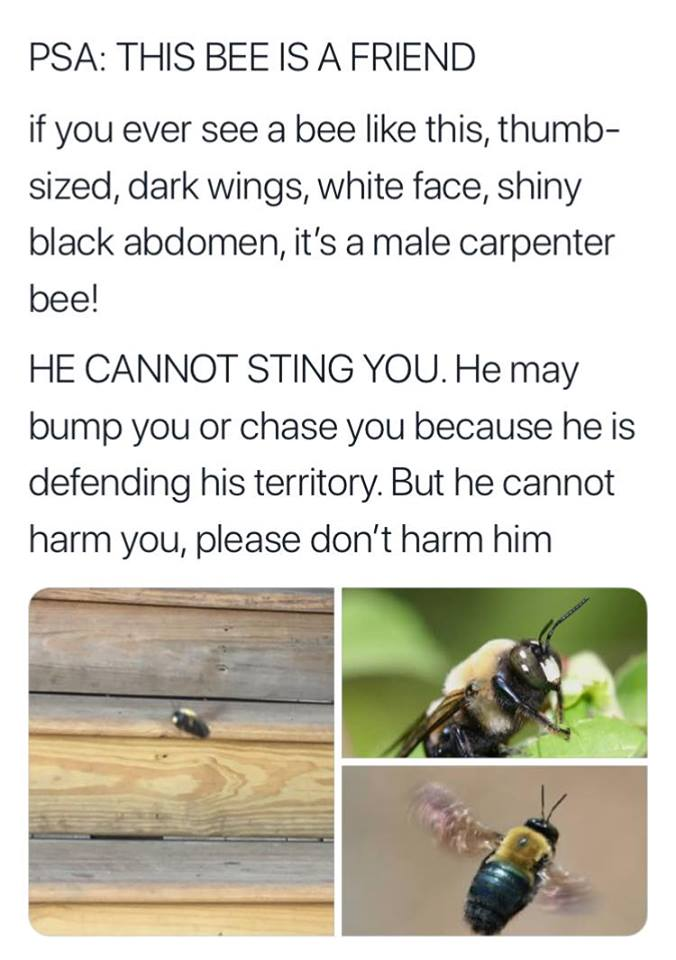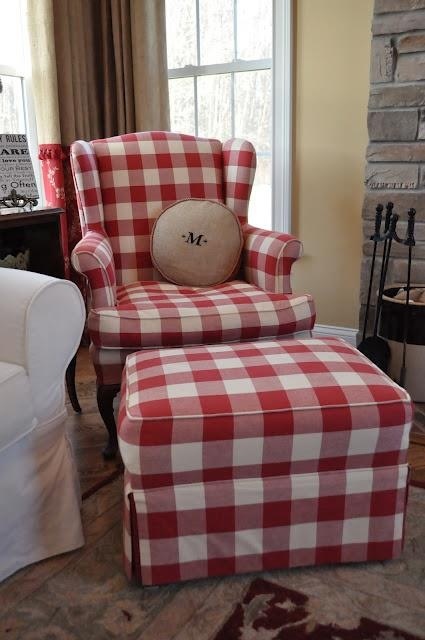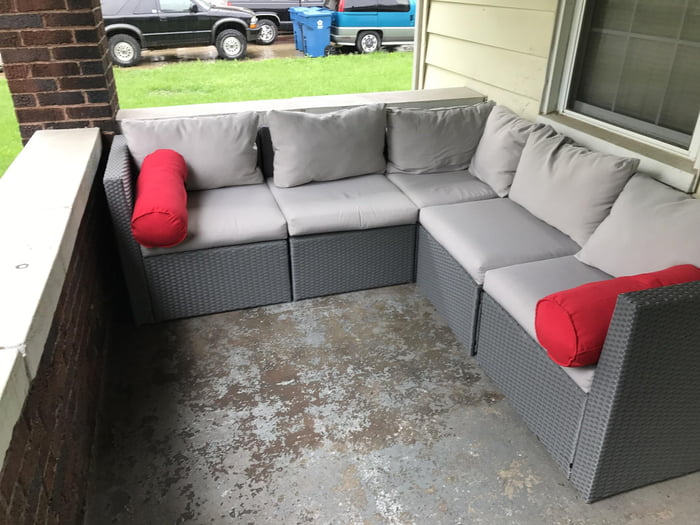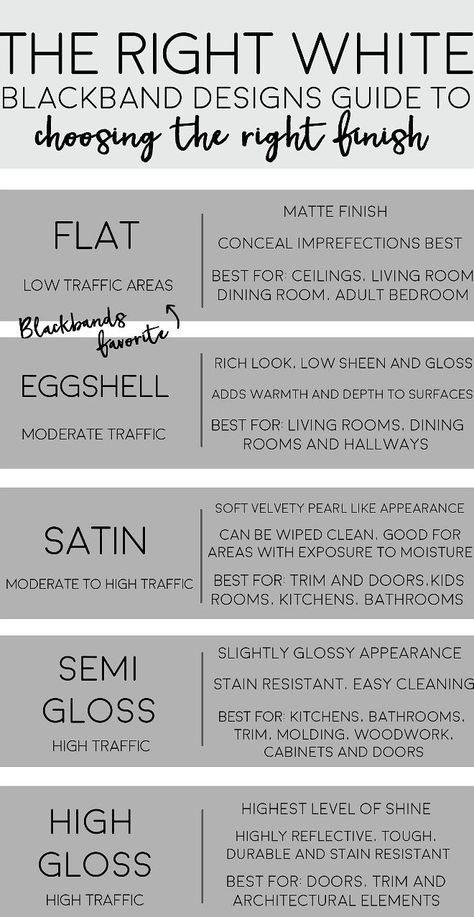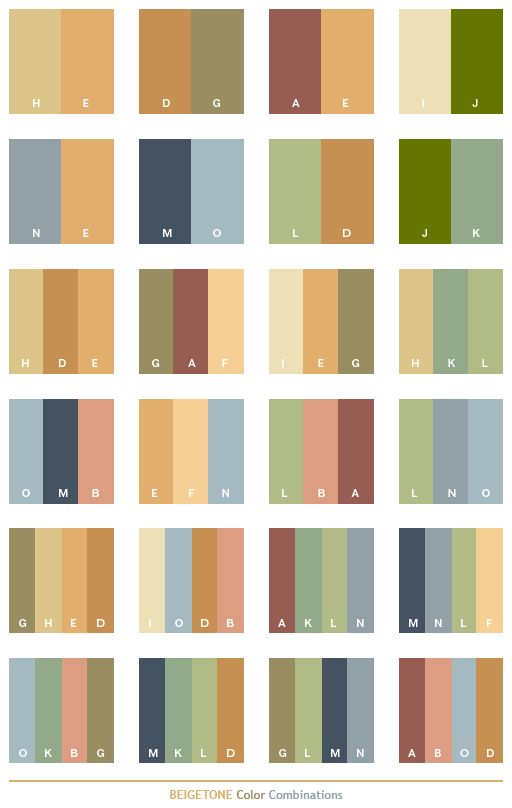Fighting carpenter bees
How To Stop Carpenter Bees Naturally
Spring has arrived, and so have the carpenter bees – and stopping them from destroying the wood around homes, barns and outdoor structures is at the top of everyone’s list!
A carpenter bee looks very similar to a bumblebee, but without any hair on its stomach. Unlike bumblebees, which live in nests and colonies in the ground, carpenter bees shelter by themselves.
A carpenter bee drills out a home in an old fence post. The holes they carve look so perfect, you would think they have power tools!And unfortunately, their single family “homes” happen to be created from perfectly drilled holes in the wood. It is in these holes where adult females raise the larva for the next batch of carpenter bees.
If you see signs of sawdust around exterior eaves or wood surfaces, look closer. You will most likely find a perfectly drilled hole nearby. Along with of course, a hovering male bee that serves as a patrol scout for the home.
Stopping Carpenter Bee Damage
Much like with honeybee hives, it is the female carpenter bee that does the majority of the work. Including drilling out the holes for their nest. The males, although they cannot sting, serve as a pesky guard for the nest.
Female carpenter bees drill out holes to raise their young.Contrary to popular belief, the female carpenter bees are not “eating” the wood. Instead, they are creating shelter and a place to lay their larva.
Shelters that unfortunately ruins the appearance of your exterior wood surfaces. And if left unchecked, leaves that wood open to attack from termites, and the next generation of carpenter bees!
Here are 5 natural methods for stopping carpenter bees and the damage they can cause:
#1 Staining / Painting
The number one rule in stopping carpenter bees with success is to never leave wood surfaces bare. Carpenter bees prefer untreated and unstained wood more than anything else. And nothing keeps them away faster than a fresh coat of paint or stain!
Keeping wooden structures painted or stained is the first line of defense against carpenter bees.
We have all of the wooden structures on the farm stained or painted except for one – our corn crib / straw pen in the garden. And guess where we have carpenter bees?!
If you do want to keep wood in it’s natural state, at the very least, apply a high quality clear sealer to help seal the wood. And, by the way, that is exactly what we will be doing this weekend to the corn crib!
#2 Citrus Oil As A Repellent
Like many insects, carpenter bees hate the smell of citrus oil. And because of this, it serves as the perfect natural repellent for stopping carpenter bees.
Citrus oil is a natural repellent for many insects, including carpenter bees.Citrus oil sprayed into newly drilled holes will help keep the bees from creating a nest in the hole. You can also wipe down high impact areas with the oil to keep them from returning and drilling more. (Product link : Citrus Oil)
#3 Give Them Their Own Home – Far Away
Carpenter bees are actually an important pollinator for flowers and gardens. As they devour nectar from blooms, they also pollinate quite effectively in the process.
As they devour nectar from blooms, they also pollinate quite effectively in the process.
With that in mind, you can also create a space for them to live in peace, and stop carpenter bees from attacking your own wooden structures.
To do this, you can install a carpenter bee house. Carpenter, or mason bee homes as they are often called, have inviting pre-drilled spaces where bees can live.
Giving bees their own space can help reduce the threat of them finding a home where they are not wanted.By hanging houses where hovering bees are present, you can attract them to the nest. Then, simply move the nest to a tree far away at the edge of your landscape.
Bees return to the same space year after year, and this is one way to peacefully relocate carpenter bees. (Product link: Mason Bee House)
#4 Chimes & Vibration
Carpenter bees do not like vibration or noise around their nesting sites – and wind chimes and wind-noise devices can be a huge help in stopping carpenter bees from drilling nearby.
If you have carpenter bees drilling under the eaves or on your porch, try installing a few chimes to drive them away.
#5 Plug Old Carpenter Bee Holes
When it comes to stopping carpenter bees for the long term, plugging old holes is a must!
Carpenter bees will return to the same hole again and again, and by sealing off the holes, you eliminate an easy return.
Plug old holes to keep bees from coming back year after year.Before plugging the hole with an exterior wood filler, be sure to clear it of any larvae that may be present. Not only can they still hatch, they can also be sought out by woodpeckers. And then you have a whole new kind of damage to deal with!
Here is to stopping carpenter bees in their tracks! For more information on controlling pests, check out our Pest & Insect Control section on the blog. Happy Gardening – Jim and Mary.
As always, feel free to email us at thefarm@owgarden. com with comments, questions, or to simply say hello! You can sign up for our free email list in the subscribe now box in the middle of this article. Follow us on Facebook here : OWG Facebook. This article may contain affiliate links.
com with comments, questions, or to simply say hello! You can sign up for our free email list in the subscribe now box in the middle of this article. Follow us on Facebook here : OWG Facebook. This article may contain affiliate links.
8 Ways to get rid of Carpenter Bees
The safest way to get rid of Carpenter Bees would be to call a professional bee removal team, such as Bee Serious Bee Removal because when it comes to the safety of your family, you only want the best.
With over 20,000 different species of bees in the world, there are bound to be a few of them that are more of a hindrance than a help. One of those bees is the Carpenter Bee. They look similar to Bumblebees in size and general shape but whereas Bumblebees usually nest in the ground, Carpenter Bees nest and lay their eggs in wood that they have drilled into for protection. If you notice these wood dwellers living in your home, here are 8 ways you can get rid of Carpenter bees on your own.
Although Carpenter Bees are typically docile, they can still cause big problems in your home. The male hovers just outside the nest to protect and fight off any intruders or other bees by engaging in physical combat, albeit without a stinger. The female, who actually does have a stinger, acts as a last line of defense for those who enter the nest. The real problem with Carpenter Bees is what they do to the wooden features of your home. These little insects bore holes out of soft wood and create a series of tunnels to lay their eggs and seek refuge from the weather and danger outside of the nest. Even though this doesn’t seem too bad, over time it will do a lot of damage to your home. Carpenter Bees are looking for raw or untreated wood, damp wood and older outdoor furnishings such as tables and chairs. This means the most common places you will find them is door frames, windows, the siding of your home, patio furniture and exposed wooden beams.
If you have realized that you have a Carpenter Bee infestation, here are a few simple ways to get rid of them or protect your home before they come around looking for a new place to build a nest:
1.
 Paint or seal any exposed wood around your home.
Paint or seal any exposed wood around your home.These little bees are looking for easy to drill wood, therefore, if your deck, door frame or windows are left untreated, they are the prime candidate for a bee infestation.
2. Vacuum the bees out with a wet-vac.
This method is best if the nest is fairly new and if you have a high powered wet-vac. The best time to try this is to wait until the evening because the bees will be back in the nest for the night.
3. Make a lot of noise.
Carpenter bees enjoy the quiet so if you find yourself with some unwanted guests, set up a radio or speaker right next to or on top of where the nest is. Not only does the music disorient them, the vibrations will cause them to evacuate their nest. Often times, once a severe problem has happened in their nest, they will not return to that same place anymore.
4. Make a citrus spray.
Carpenter Bees are naturally repelled by the smell of citrus. in a small pot of water, slice the citrus fruit and boil it in the water for 10-15 minutes to release the juice. Let the citrus water cool down and pour it into a spray bottle with a “stream” nozzle and spray it into the nest site.
Let the citrus water cool down and pour it into a spray bottle with a “stream” nozzle and spray it into the nest site.
5. Boric Acid.
This common household item can be used for a bevy of different DIY insect-removal projects. Mix 3 parts water with 1 part boric acid in a spray bottle and spray inside the entrance hole. This is very poisonous to the carpenter bees and will exterminate them within an hour.
6. Aerosol Carburetor Cleaner.
Although this is not the most natural remedy, it works. Whether they are inside when you spray it inside or not, it will either kill them or make their nest inhabitable.
7. Essential Oils.
Carpenter Bees are very sensitive when it comes to scents inside their nest. Peppermint, tea tree and lemon essential oils are excellent for making their nest unbearable thus making them leave for good. Although this isn’t a permanent solution, it will buy you a little time to safely get them out of the nest without hurting them so you can properly seal the entrance site.
8. Pyrethrum Spray.
Pyrethrum, also called Tanacetum, is a flower that is used a lot in natural pesticides. It is one of the strongest natural insecticides that is allowed in organic gardening.
If you notice a carpenter bee hovering around your house, you can bet there is an entrance to their nest nearby. Although home remedies seem easy and foolproof, you should always wear protective gear when handling chemicals as well as disturbing an insect nest.
If you need help with bee removal, please do not hesitate to contact us today!
CARPENT BEE (XYLOCOPA VALGA)
■ Systematic position
Kingdom: animals (Animalia).
Type: arthropoda (Arthropoda).
Class: insects (Insecta).
Order: Hymenoptera (Hymenoptera).
Family: real bees (Apidae).
Genus: carpenter bees (Xylocopa).
Species: carpenter bee (Xylocopa valga).
■ Why it is listed in the Red Book
Over the past few decades, the carpenter bee has become quite rare in many regions of Russia, although until recently it was a common species.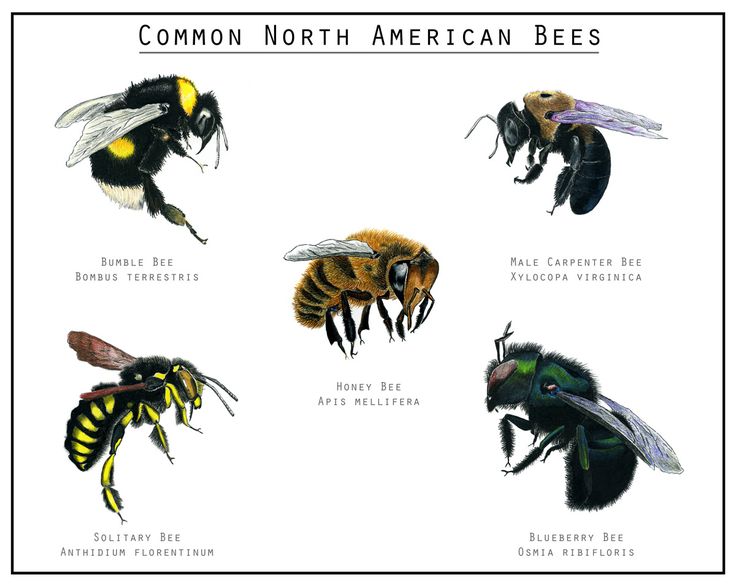 The cutting down of old dry trees necessary for its reproduction, the rarity of wooden buildings, the use of a variety of chemicals to treat wood - all this has led to a reduction in potential places where the bees could make their nests. The massive use of pesticides also has a negative effect, especially in those places where bees get their own food. Although the species is protected in several reserves, areas where it is still common should be identified and restrictions on cutting down trees and the use of chemicals should be introduced there. nine0004
The cutting down of old dry trees necessary for its reproduction, the rarity of wooden buildings, the use of a variety of chemicals to treat wood - all this has led to a reduction in potential places where the bees could make their nests. The massive use of pesticides also has a negative effect, especially in those places where bees get their own food. Although the species is protected in several reserves, areas where it is still common should be identified and restrictions on cutting down trees and the use of chemicals should be introduced there. nine0004
News Mirtesen
■ Where
lives The distribution range of the carpenter bee is quite impressive, it covers almost all of Europe, the Middle East, Central Asia, in the east it reaches Mongolia and the upper reaches of the Yellow River. The northern border of the range is determined by climatic conditions and passes at the latitude of the Leningrad Region. On the territory of Russia, the o6i bee is melting in all areas located below the line connecting the Leningrad and Arkhangelsk regions.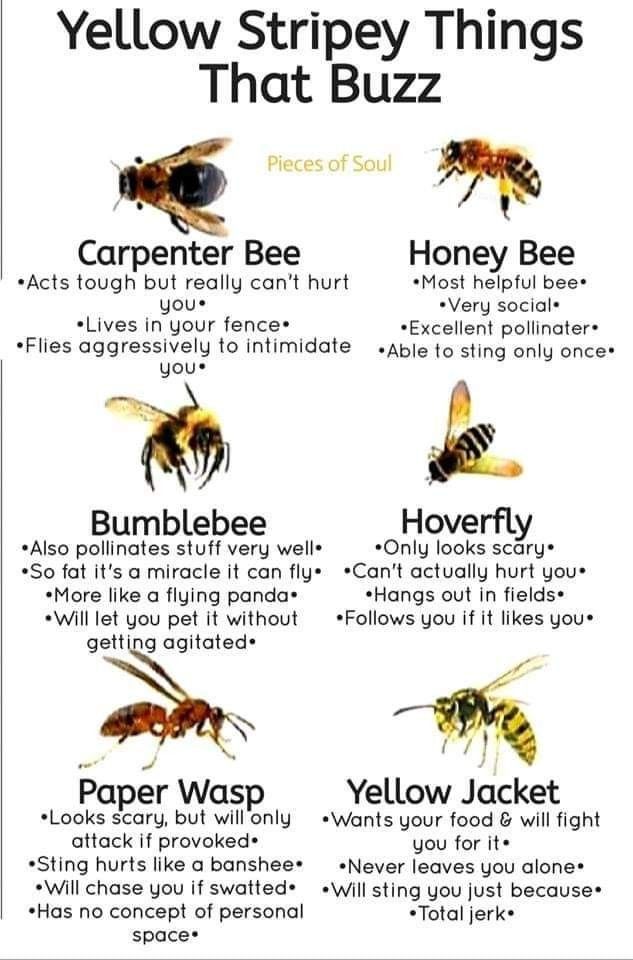 It is found in the Southern Urals, as well as in the Republic of Tyva. nine0004
It is found in the Southern Urals, as well as in the Republic of Tyva. nine0004
■ How to find out
The carpenter bee is one of the largest bees in Russia. It reaches a length of almost 3 cm and resembles a bumblebee in its size. However, unlike him, it has not a shaggy, but almost naked, with sparse black hairs abdomen. The head is large, the same width as the chest. The powerful jaw apparatus allows you to gnaw through the wood. The body is black, with a dark blue or purple tint, the wings are small, dark purple, with jagged edges. In flight, the bee emits a rather loud buzz. The eyes are quite large compared to other bees. There are practically no external differences between male and female. nine0004
■ Lifestyle and biology
For life, the carpenter bee chooses small deciduous or ravine forests, parks, gardens, small settlements where wooden buildings predominate. One of the prerequisites is the presence of old dry wood in which the bee builds its nests. These insects can also be found in the most unexpected places, for example, on the wooden poles of power lines, in the walls and beams of houses.
Unlike the honey bee, the carpenter bee leads an exclusively solitary lifestyle. It got its name for its ability to gnaw holes in wood. At the same time, the bee does not eat the wood itself, but throws it away near the entrance - by this sign it is always possible to determine the presence of an insect. During the construction of passages, a rather loud characteristic sound is heard, emitted by powerful mandibles. The bee's nest has a complex architecture and resembles a multi-storey building with numerous branches and chambers. The entrance is usually one, about 1.5 cm in diameter. nine0004
Bees are active in May-September. The insect feeds on nectar and pollen from more than 60 species of flowering plants. These are mainly trees and shrubs, including yellow acacia. In search of food, the insect flies long distances and visits many plants, therefore it is considered a good pollinator.
After fertilization, the female lays each egg in a separately prepared chamber and during the entire time of development of the larva brings there nutrients.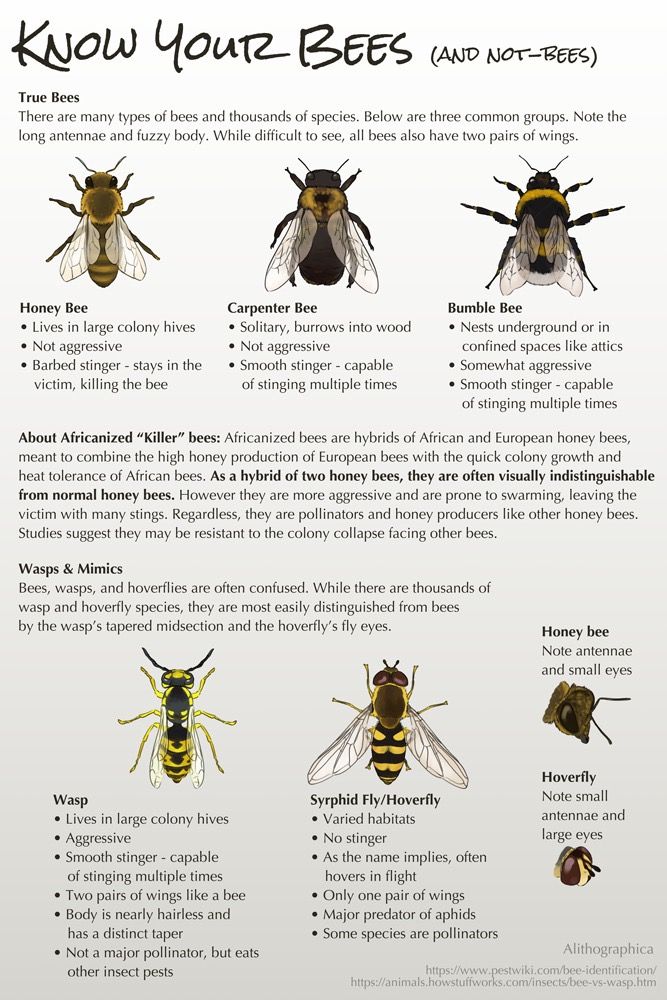 nine0004
nine0004
■ Interesting
Although carpenter bee gnaws through wood, significant damage she does not apply to wooden structures, because she chooses soft and crumbling material. The use of conventional varnishes and impregnations for wood structures to prevent the appearance of insects. In 2004 in Austria recorded an interesting case: 11 bees gnawed holes in polystyrene thermal insulation boards.
The wings of the carpenter bee are dark purple with jagged edges
- WAX BEE (APIS CERANA)
- HONEY BEES
Central Federal District: Live24.ru
national union”, “Movement against illegal immigration”, “Right Sector”, UNA-UNSO, UPA, “Trident im. Stepan Bandera", "Misanthropic Division", "Mejlis of the Crimean Tatar people", the movement "Artpodgotovka", the all-Russian political party "Volya", AUE. Recognized as terrorist and banned: Taliban Movement, Caucasus Emirate, Islamic State (ISIS, ISIS), Jabhad al-Nusra, AUM Shinrikyo, Muslim Brotherhood, Al-Qaeda in the countries of the Islamic Maghreb , Meta Platforms Inc.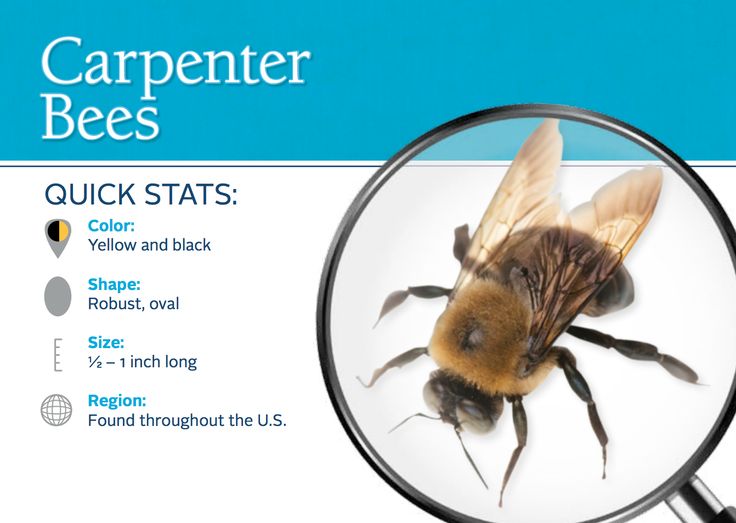 (leading organization of the social networks Instagram and Facebook). nine0004
(leading organization of the social networks Instagram and Facebook). nine0004
Organizations, media and individuals recognized as foreign agents in Russia: Voice of America Idel.Realii Factograph Sever.Realii Radio Free Europe/Radio Liberty Limited Liability Company Czech news agency MEDIUM- ORIENT" Ponomarev Lev Aleksandrovich Savitskaya Lyudmila Alekseevna Markelov Sergey Evgenyevich Kamalyagin Denis Nikolaevich Apakhonchich Daria Aleksandrovna "Medusa Project" Limited Liability Company "The First Anti-Corruption Mass Media" "VTimes.io" Badanin Roman Sergeevich Glikin Maxim Aleksandrovich Manyakhin Petr Borisovich Yarosh Yulia Petrovna Churakova Olga Vladimirovna Zheleznova Maria Mikhailovna Yulia Sergeevna Lukyanova Maetnaya Elizaveta Vitalievna "The Insider" Rubin Mikhail Arkadyevich Groysman Sofya Romanovna Rozhdestvensky Ilya Dmitrievich Yulia Vladimirovna Apukhtina Alexey Evgenievich Posternak Limited Liability Company Dozhd TV Channel Petrov Stepan Yuryevich Legal entity Istories fonds Shmagun Olesya Valen Tinovna Marokhovskaya Alesya Alekseevna Dolinina Irina Nikolaevna Shleynov Roman Yuryevich Anin Roman Alexandrovich Velikovsky Dmitry Alexandrovich Altair 2021 Limited Liability Company Daisies Monolith Limited Liability Company Editor-in-Chief 2021 Limited Liability Company Vega 2021 Limited Liability Company with limited liability "Important foreign agents" Katkova Veronika Vyacheslavovna Karezina Inna Pavlovna Kuzmina Lyudmila Gavrilovna Kostyleva Polina Vladimirovna Lyutov Alexander Ivanovich Zhilkin Vladimir Vladimirovich Zhilinsky Vladimir Alexandrovich Tikhonov Mikhail Sergeevich Piskunov Sergey Evgenievich Kovin Vitaly Sergeevich Kiltau Ekaterina Viktorovna Lyubarev Arkady Efimovich Gurman Yuri Albertovich Grezevkov Alexander Viktorovich Artem Valerievich Ivanova Sofia Yuryevna Pigalkin Ilya Valerievich Petrov Alexey Viktorovich Egorov Vladimir Vladimirovich Gusev Andrey Yuryevich Smirnov Sergey Sergeevich Verzilov Petr Yurievich ZP Limited Liability Company Zona Prava Limited Liability Company Tatyana Anatolyevna Voltskaya Klepikovskaya Ekaterina Dmitrievna Sotnikov Daniil Vladimirovich Zakharov Andrey Vyacheslavovich Simonov Evgeny Alekseevich Surnacheva Elizaveta Dmitrievna Solovieva Elena Anatolyevna Arapova Galina Yurievna Perl Roman Alexandrovich Limited Liability Company "MEMO" American company "Mason G.